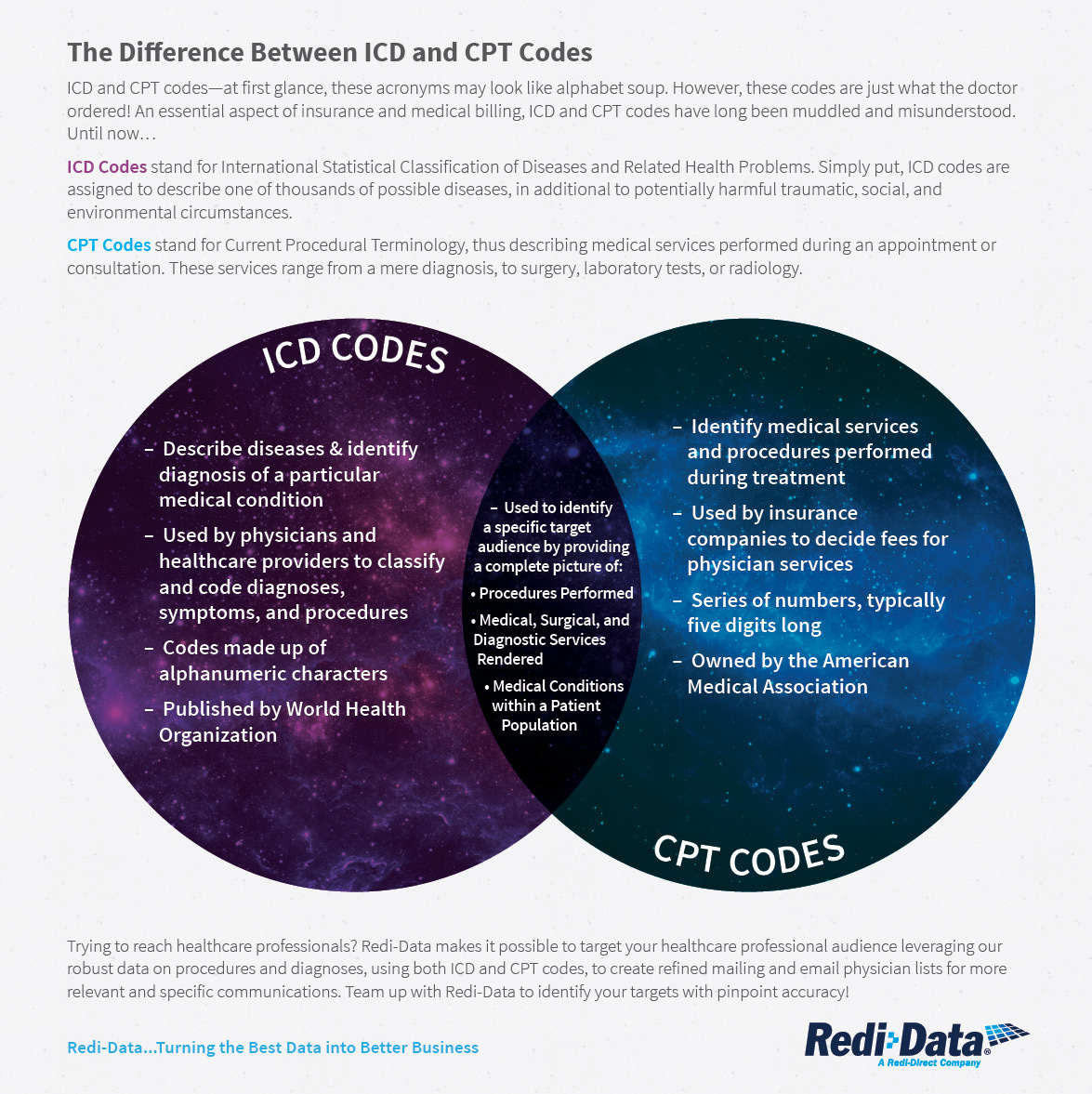CPT vs ICD Code Set Licensing Models
Standardized code sets like CPT (Current Procedural Terminology) and ICD (International Classification of Diseases) are essential for documentation, billing, and analytics.
CPT Codes: AMA’s Proprietary Model
The American Medical Association (AMA) created and maintains the CPT code set, which is used primarily for outpatient and ambulatory procedures.
Business Model: The AMA licenses CPT codes to orgs that need access, such as healthcare providers, insurers, and EHR vendors. Fees are typically based on usage, and larger orgs pay significantly for enterprise-wide licenses.
Distribution: The AMA partners with various orgs, like healthcare IT firms and EHR providers, who incorporate CPT codes into their software. These partners, in turn, pass the costs along to their customers through licensing fees or subscriptions.
Reach: CPT codes are sold and resold through various channels. For example, an EHR vendor licensing CPT codes from the AMA may bundle these into a software package, which is then sold to healthcare providers.
ICD Codes: WHO’s Public Domain Approach
ICD codes follow a different model. The WHO develops these codes, which are updated and adapted by national bodies. In the U.S., the NCHS, a part of the CDC, is responsible for ICD-10-CM (for clinical modification) and CMS manages ICD-10-PCS (for procedure coding).
Business Model: Unlike CPT, ICD codes are considered public domain globally. However, some value-added services—like training, consulting, and integration—generate revenue for orgs involved in ICD implementation and use.
Distribution: Because ICD codes are publicly available, various orgs, including software vendors, consultants, and academic institutions, distribute them. These orgs might charge for ancillary services, like code training, consulting, or integration with other IT systems.
Reach: ICD codes are integrated into HIT systems without direct licensing fees to end users. However, orgs often provide these codes within software packages or charge for enhanced functionality that supports ICD code use, like advanced analytics or billing modules.
Comparing the Two Models
Revenue: CPT codes provide a direct revenue stream for the AMA, which funds further advocacy and policy initiatives. ICD codes, however, generate revenue for third-party companies offering value-added services, rather than directly benefiting the WHO.
Distribution: Both CPT and ICD codes rely on intermediaries like EHR vendors, but while CPT licenses are bundled into software products, ICD codes are freely integrated, with costs often tied to value-added services rather than the codes themselves.
Impact on End Users: The proprietary nature of CPT codes can lead to higher costs for end users, as licensing fees trickle down from EHR vendors to healthcare providers. ICD codes, being public domain, do not have licensing fees but can still contribute to costs through the added services needed to implement them effectively.


